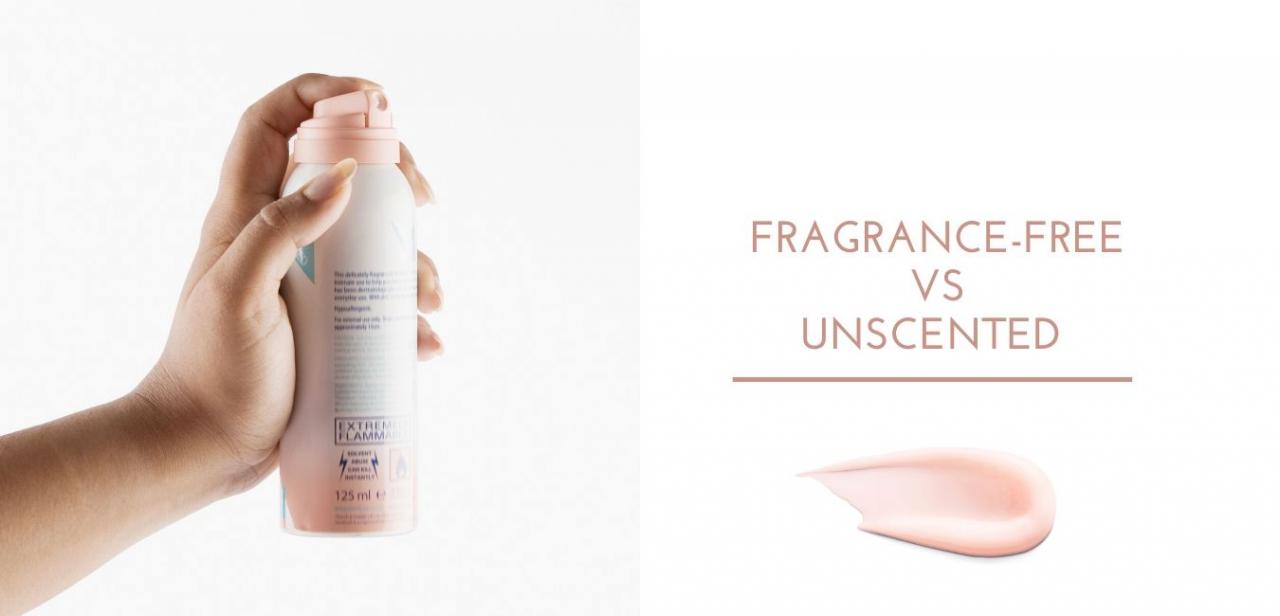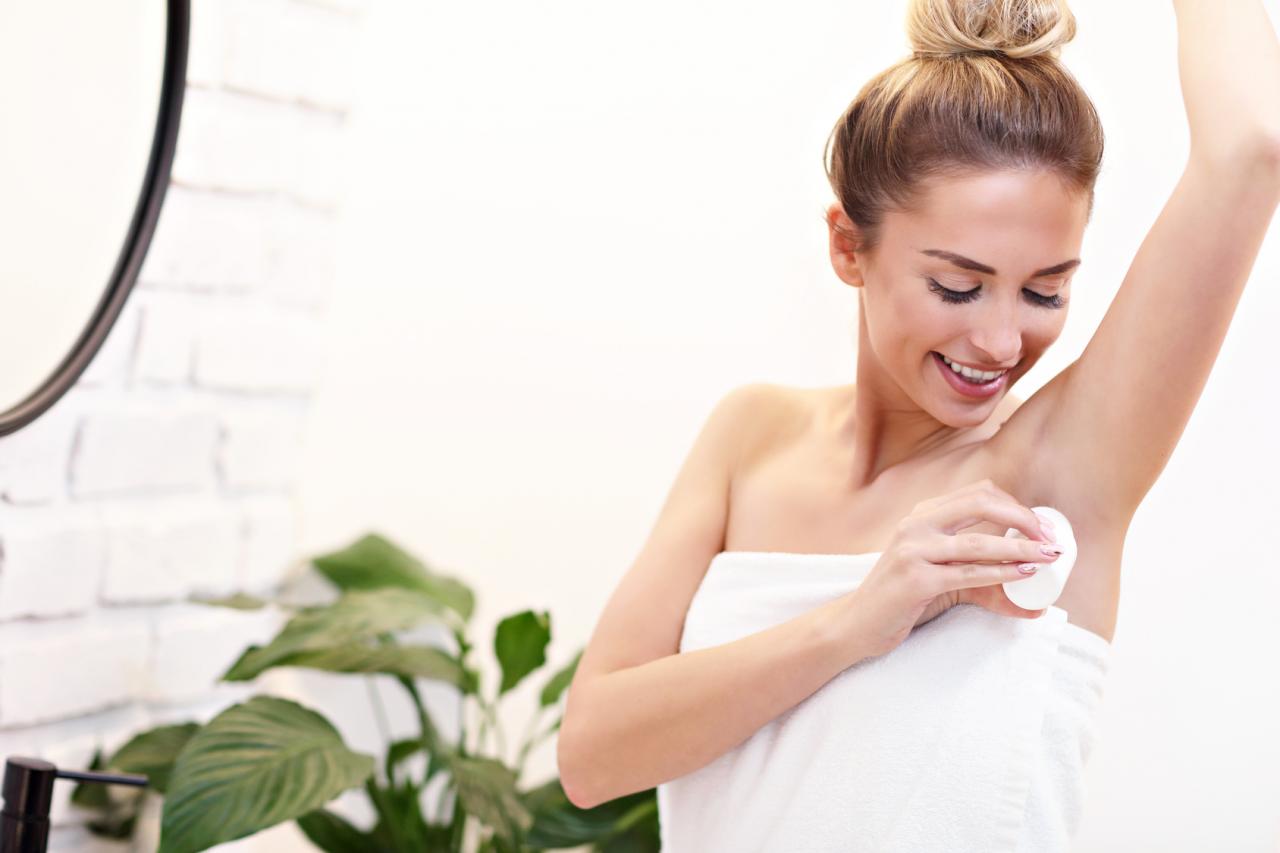Since it is summer, we are naturally outside in the sun more than other times of the year. However, summer is also a season where mysterious rashes may appear for what seem like unknown reasons. The cause of some rashes is the result of photosensitivity to a substance that may be used either internally, such as medications, or topically on our skin, such as perfume or other creams.
In a New York Times article, Dr. Sarnoff, vice president of the Skin Cancer foundations, said, “People with photosensitive reactions may have been on the drug for a long time, so they don’t put two and two together”. (1)
Photosensitivity is actually divided into two types. The first one happens most frequently and is called a phototoxic reaction. A substance, frequently a drug, when exposed to UVA light from the sun becomes activated and causes the person to develop a rash that appears like a bad sunburn. The rash will resolve once the drug is stopped and clears from the body, and will not reappear even if that area of skin is re-exposed to light.
The second type of photosensitivity is called a photoallergic reaction. Here, the exposure to UVA light changes the drug’s structure and the body reacts as if it were an allergen by initiating an allergic response. The skin becomes reddened and inflamed. A topical drug, perfume or other substance is often the culprit of this type of reaction. The skin may continue to have future reactions even after a drug has cleared from the body and may even spread to other skin surfaces.
Phototoxic reactions usually require moderate exposure to the offending drug while photoallergic responses can occur from a small amount of the substance that triggers the allergic response. Because a photoallergic reaction may occur two to three days after exposure, the person may not relate the rash to being out in the sun.
There are numerous drugs and topical substances that may cause a photosensitive reaction. According to a 20-year study by doctors at New York University, antibiotics and ingredients in sunscreen caused 23 percent of photoallergic dermatitis outbreaks. Other medications caused 20 percent, fragrances 13 percent and substances from plants 11 percent as reported in the New York Times. (1)
Substances, such as acne products, certain cardiac medications, NSAIDs and psychiatric drugs may cause phototoxic reactions, according to medicine.net, and anti-microbials, such as hexachlorophene, or fragrances, such as musk, can cause photoallergic reactions.
Dr Sarnoff also warns, since sunscreens often have high SPF ratings, people may stay out longer in the sun because they are less likely to burn. If those sunscreens do not have good UVA blockers then a person is more susceptible to developing a photosensitivity reaction.
According to the NYTs article, “Several sunscreen ingredients are good UVA blockers. The best are micronized inorganic substances, titanium dioxide and zinc oxide, found in a number of products (check the labels). Avobenzone (Parsol 1789), Mexoryl and Helioplex (in Neutrogena products) are good UVA blockers, as well.”(1)
sources:
1. Sun’s Rays May Leave Mysterious Marks
http://www.nytimes.com/2011/07/26/health/26brody.html?_r=1&scp=7&sq=skin&st=cse
2. Photosensitivity
http://dermnetnz.org/reactions/photosensitivity.html
3. Sun-Sensitive Drugs (Photosensitivity to Drugs)
http://www.medicinenet.com/sun-sensitive_drugs_photosensitivity_to_drugs/article.htm
Michele is an R.N. freelance writer with a special interest in woman’s healthcare and quality of care issues. Other articles by Michele are at www.helium.com/users/487540/show_articles
Edited by Shannon Koehle





Add a CommentComments
There are no comments yet. Be the first one and get the conversation started!